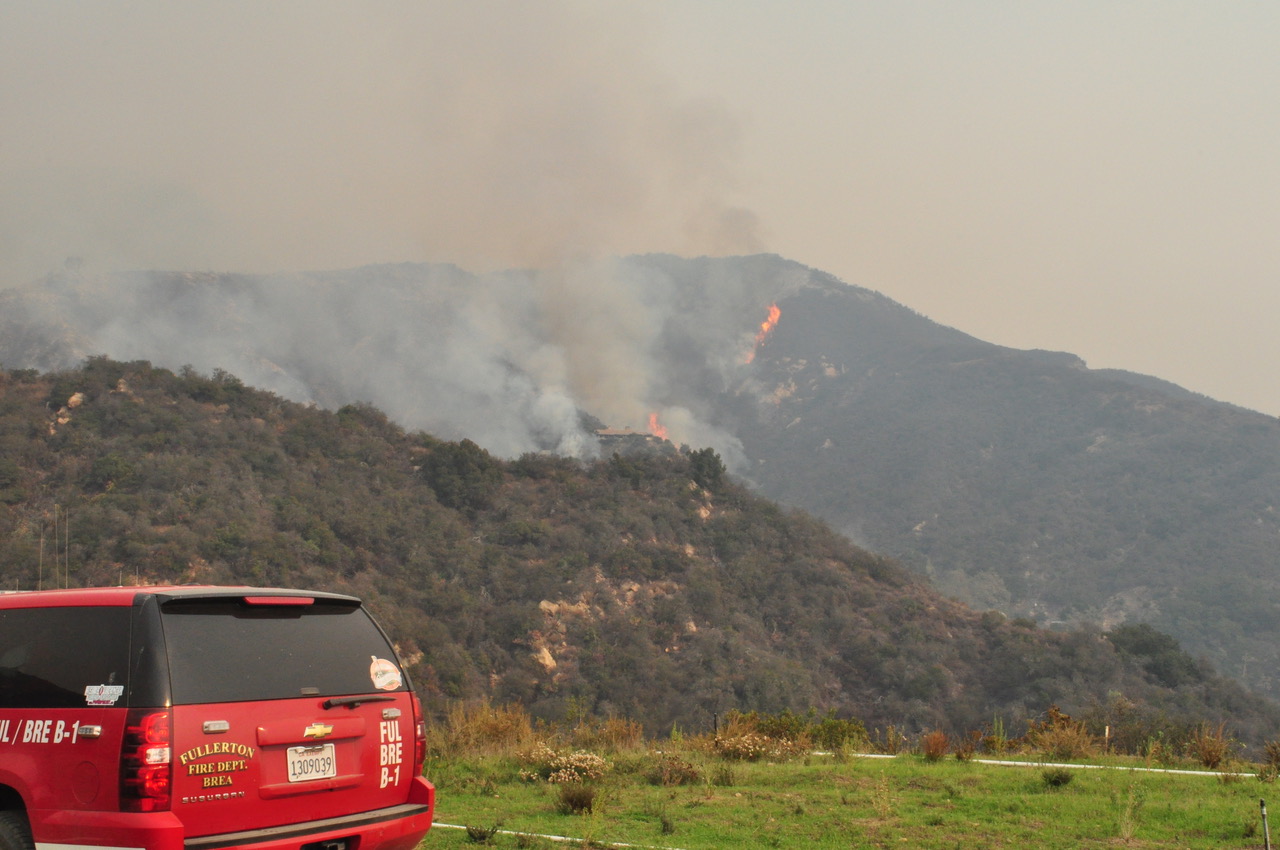Rebuilding & Recovery Update

Also at MPC last week, County planner Joe Dargel gave an update on the rebuilding following the Thomas Fire and 1/9 debris flow, nearly two years after the debris flow damaged or destroyed 631 structures in Montecito, and took the lives of 23 members of our community.
When the County first took stock of the destruction, 221 of the structures damaged were tagged “green,” meaning minimal damage but habitable. 167 (41%) of the homes damaged were tagged “yellow” meaning significant damage and 243 (59%) were tagged “red,” which meant uninhabitable. Of those structures tagged yellow and red, 55% of them are now in the “green” category, 25% are still “yellow,” and 17% are still “red.” According to Dargel, 322 properties are still in the process of being rebuilt or cleaned up, and 50 are in an active phase of working with the County for rebuilding. 74 homes are still awaiting owner action, and seven are pending possible sale. The County is still unable to locate or make contact with the owner of sixty homes (12%) damaged in the debris flow. “We’ve exhausted all avenues to contact the owners,” Dargel said.
Property owners affected by the disaster continue to seek planning permits; 68 were filed in December and 49 of them were approved. Most are like-for-like rebuilds, with a small few seeking a Coastal Development Permit or Land Use Permit. During the pandemic, staff has been working with homeowners virtually. “We’re able to process through digital means and it seems to be going very well,” Dargel said, adding despite this, the pandemic has caused a noticeable slowdown in the rebuilding process.
Montecito Fire Chief Kevin Taylor presented an update on Montecito’s resiliency in terms of fire prevention efforts. Chief Taylor made note that the hearing was taking place exactly three years to the day that the Thomas Fire, which started in Santa Paula, made its way into Montecito proper.
MFPD has a long history of dedicating a significant amount of resources to fire prevention efforts, which include chipping, defensible space work, maintaining the fuel treatment network, conducting roadside weed abatement and hazardous tree removal, a pilot sheep grazing project, and more. Taylor reported that in 2020 the District has conducted 153 days of fire prevention work, which amounts to 607 tons of material, 35 acres cleared, and 10 miles of road cleared.
Current projects include conducting a study in partnership with the Carpinteria-Summerland District; results of the study, which in part looks at optimal sites for a new fire station, are expected in January. The District also continues to collaborate with partner agencies, including the Montecito Association, on its Hands Across Montecito homeless outreach project, and is taking part in a “home hardening grant” pilot program, which will offer funds to members of the community who cannot afford to prepare their properties for wildfire.
Chief Taylor reported that the District is planning to conduct an Evacuation Study come January. He explained that the Camp Fire in Paradise, California, had a profound effect on fire districts throughout California. Paradise was the first community in California to conduct an extensive evacuation study 15 years ago. “We all looked at their evacuation study as the gold standard. It was what we all strived for, and it served as the framework for every evacuation plan in the wildland/urban interface in California,” Chief Taylor said. “Unfortunately in the Camp Fire, given our new norm in fire behavior, we learned that that evacuation plan didn’t work. Several community members tragically lost their lives as a result of that fire, and we don’t want that here.”
The District is seeking to validate its current evacuation plan, which has been used in the Tea Fire, Thomas Fire, debris flow, and during other evacuation orders. “We want to validate that that plan is accurate utilizing the latest traffic modeling that’s available from evacuation scientists,” Taylor said, adding that a professional firm will be hired to look at the current plan and ensure that during a local fire, the evacuation zones we have now are not too large or are not too small. The hope is that the study will be complete by next year’s fire season.
For more information, visit www.montecitofire.com.





